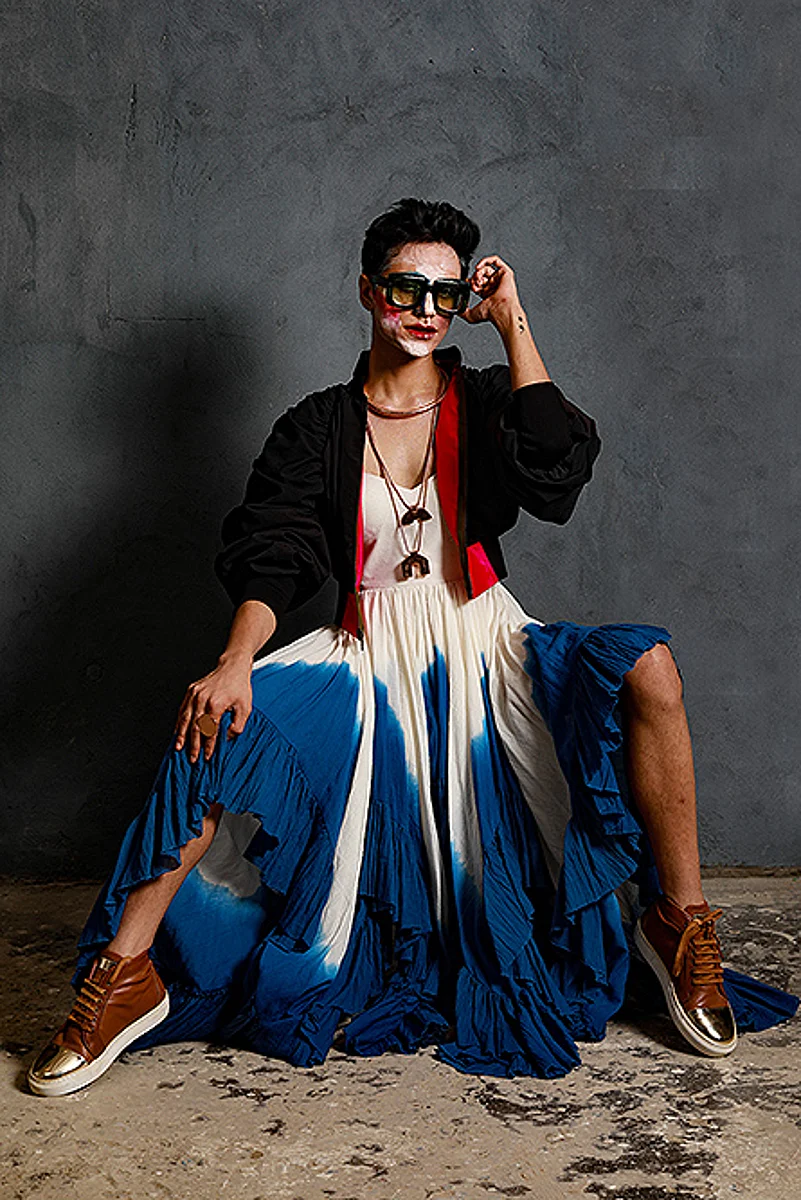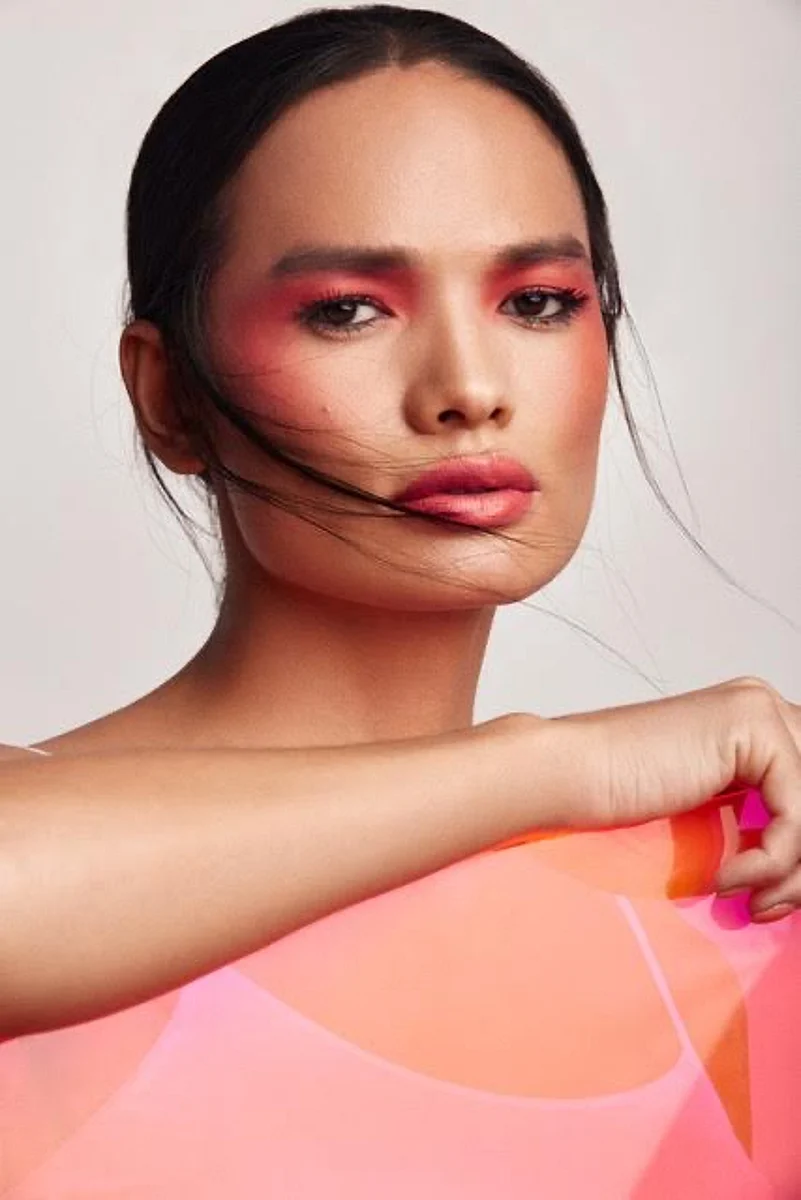In today’s world being stylish is about being beautifully flawed. Accepting your imperfect look and validating your own self-worth is the norm in the world of fashion. So, gift yourself some imperfection and stop being your worst critic. The latest trend is all about being perfectly imperfect and to keep up with it, the fashion industry is working hard towards inclusive fashion. Inclusive fashion is when no body type, colour or gender is sticking out like a sore thumb. And we are moving towards this trend at a very steady pace. So, welcome to the world of inclusive fashion where nobody can dictate terms when it comes to dressing.
Advertisement
For as long as humans have existed, we have questioned our existence, toiling to find the meaning of life and making sense of who we are. In the fast-paced life that we are living today, there is so much that restricts us. We are often boxed into labels, personalities and parameters and that pressure to fit in often leads to depression and anxiety. Boxes that we don’t fit in, labels that we don’t identify with, and personalities that are fluid. The presentation is a tryst with these trials of life and the need to go back to our truth, to accept it and to emerge victorious as who we are.
Advertisement
Nitish Anand aka Shabnam Bewafa, a drag queen and LGBTQ activist from Delhi says, “I took inspiration from all the women in my life. When I was young, I used to be teased by a lot of people when it came to the way I walked and talked. There was one teacher in my school and her name was Shabnam. My first name came from there and that is how the name ‘Shabnam’ happened. I was having a really tough time with my lover and he used to call me Bewafa. Instead of feeling sorry for myself and taking it personally, I made it my brand name and it is a tight slap on his face now that he used to call me Bewafa and I turned it into something so beautiful. It has now become my brand name. That’s how my journey started in 2017.”

Nitish was five years old when he lost his mother. He remembers when he shaved his beard and applied makeup for the first time, he saw the reflection of his mother in the mirror. He narrates, “I went to a co-educational school and I was good in studies and very popular too. When I reached middle school, I realised that I feel different from others. It was really tough for me and I tried to fit into pop culture then. I also used to have a girlfriend during my school days and that was the biggest mistake of my life. But that was a lesson that taught me that I was 200 percent gay.”
Advertisement
Nitish kept telling himself that he was different for a reason and that there is a bigger purpose to it. He adds, “I felt I possess so much kindness in my little finger and so much confidence to accept myself as the person I am that being transparent to myself is the biggest courage that anyone can have. I am my own inspiration. As a kid I used to feel that I have to be accepted by others first then I will accept myself, I realised later that you should accept yourself first and then if the other person accepts you or not, they can always save a special coupon for themselves in hell. We are also humans like any other person on this planet. Just because I prefer men over women, it doesn’t make me less of a woman.”
Advertisement
Everybody today is a fashionista in their own right. They can be what they want to be and are unapologetic about it. Inclusive fashion is the buzzword globally now. It means clothes based on universal design and thus ideal for all kinds of people, irrespective of their special abilities or disabilities. Inclusive fashion has taken a big leap now and has commanded its presence across most of the biggest brands in the world. Today’s mindset about the way to dress has shattered a certain look associated with fashion. You can be short, skinny, fat, gender-fluid and that is the way humans are.
Advertisement
First transgender model from India, Anjali Lama was born Nabin Waiba in the Nuwakot district of Nepal in a middle class family. Lama says, “Everybody’s journey is different and so was mine. But my struggles were a little different and challenging from others. I have been modelling since 2009 and it hasn’t been an easy journey. I have completed nearly ten years in modelling and it is not that I am some kind of a newcomer. But in 2017, I got the biggest break in India. I have been trying to be a part of the Lakme Fashion Week since 2016. I came for the audition twice before, but I finally got selected for the third time. It was first time in history that a transgender model like me gave audition and got selected for LFW.”
Advertisement

In Nepal Lama used to have numerous challenges as a transgender. “I didn’t get any shows or shoots in Nepal. In India also sometimes I feel, the kind of work I should be getting I am not getting because I am a transgender. But I always tell myself that my identity is my pride. To get a house on rent in a cosmopolitan city like Mumbai is a struggle. If such is the mindset of the people in a developed city, then I cannot expect much from the village people.”
Plus size model from Mumbai Neelakshi Singh feels that the industry during the lockdown was also riding on the wave of inclusiveness and diversity but it was very superficial. She says, “Everyone from Sabyasachi Mukherjee to smaller labels are trying to be more inclusive in this, but what we don’t understand is that inclusivity goes beyond fat and darker bodies- we are completely missing out on representing stout, skin imperfections and specially-abled. These are still very untouched subjects and if at all they are tackled it’s done in a very touch-and-go fashion. I still find myself struggling to find the right agency that would represent me and what I stand for.”
Advertisement

Having been in modelling for a few years now, Singh still doesn't know where to look for a job. She adds, “Agencies have approached me and backed off or not stood by what I stand for. I am genuinely tired and looking for a more variety of platforms to work with. Every single time when we are singled out on the runway being called real people and not just models or plus-size models, it gets to me now. I feel like I have been working for a fair share of time but not even getting that kind of acknowledgment from the people in the industry makes me think less of myself sometimes. It’s a constant struggle for me to stay afloat, I have struggled for a long time and I feel in some way still trying to pave a way for myself.”
Advertisement
It is tough for Singh, but she is not going to give up. “I know I am here to stay because I will never say no to an opportunity and will keep creating things for myself till the time people of the industry notice me!”






_(1).JPG?w=801&auto=format%2Ccompress&fit=max&format=webp&dpr=1.0)













